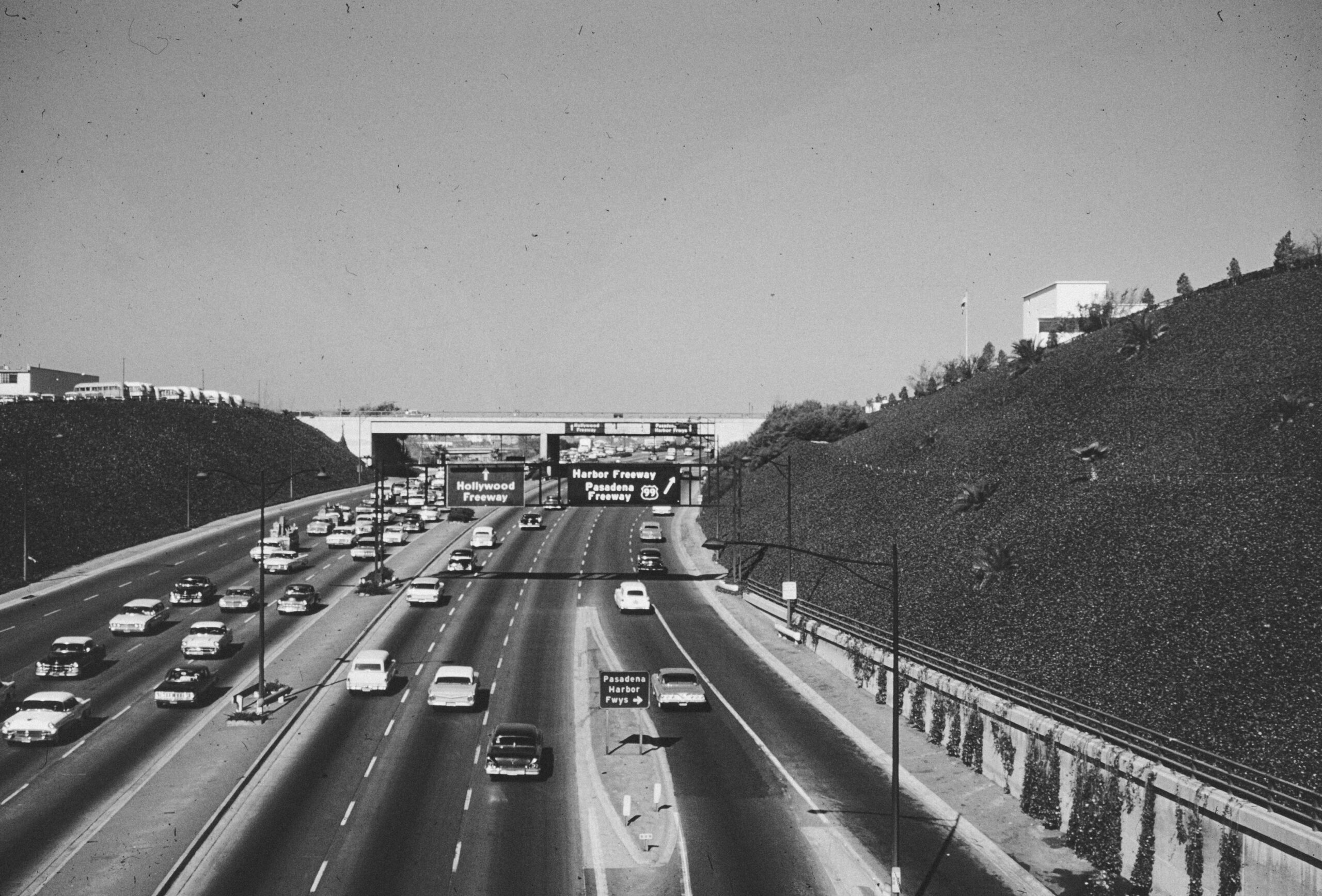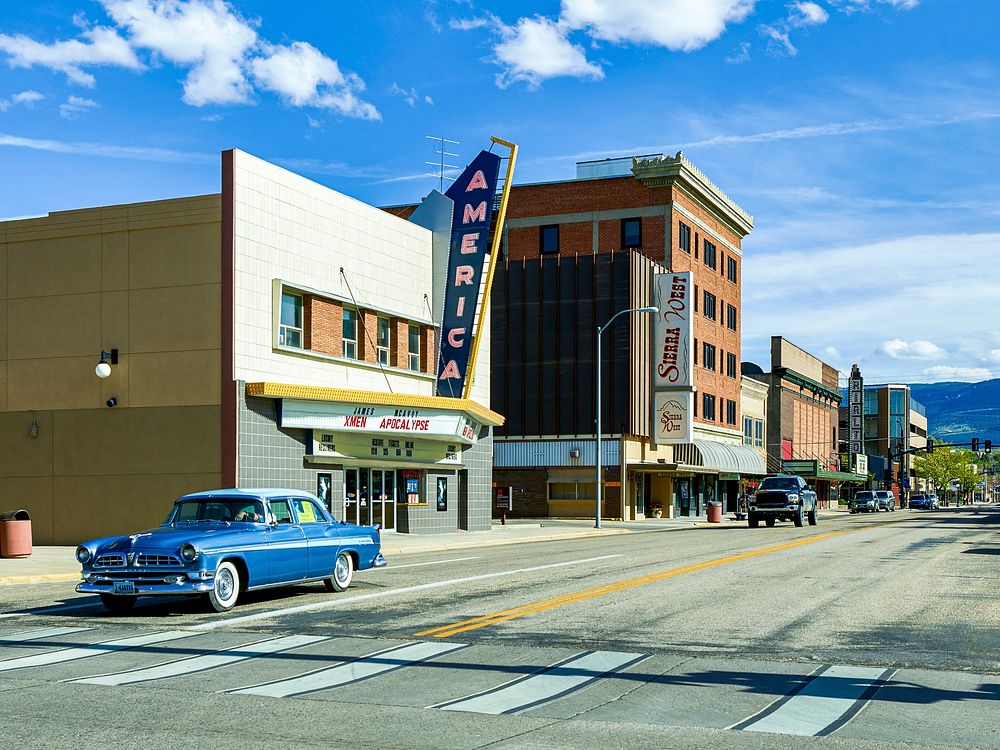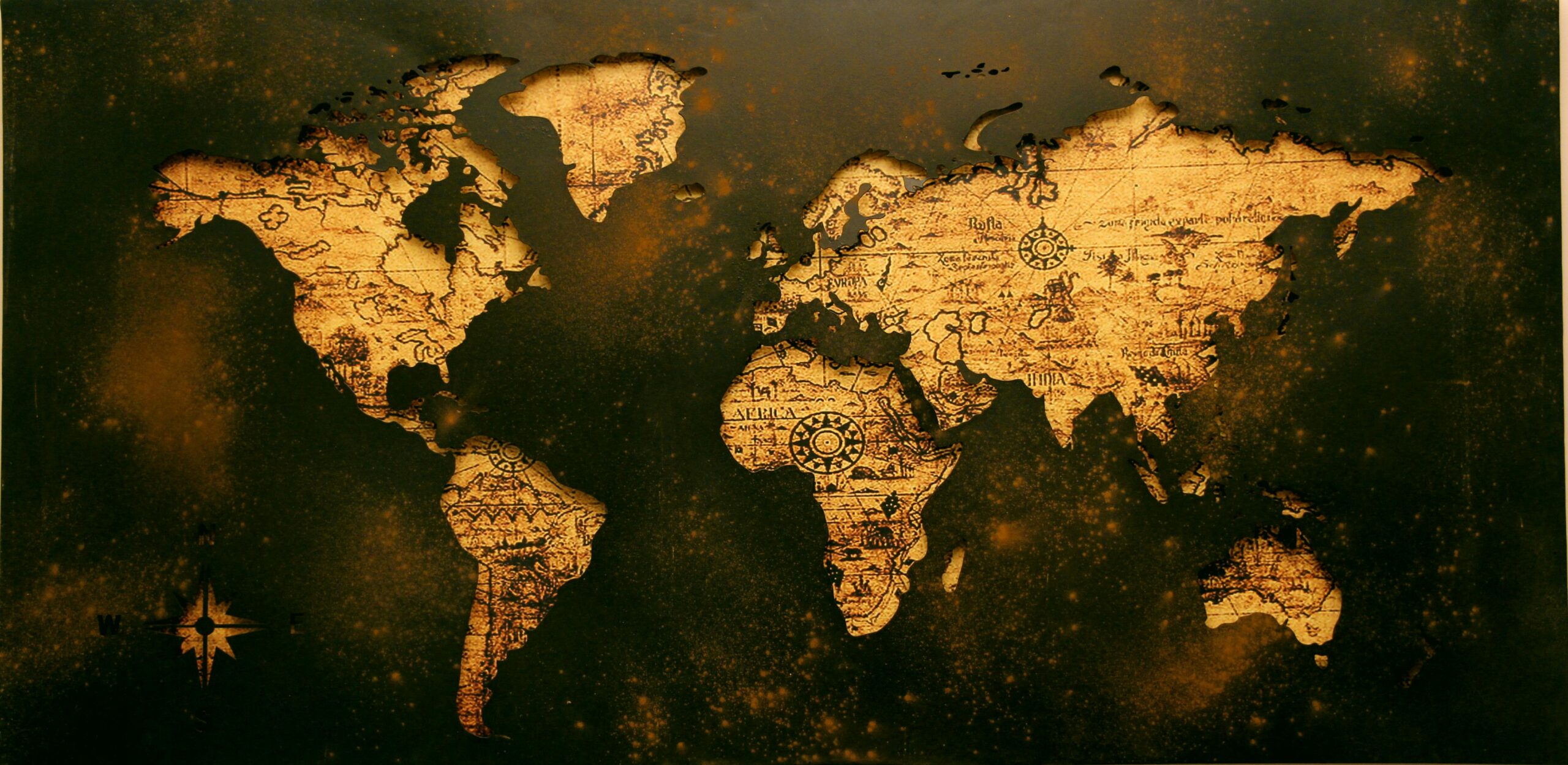By Matija Šerić
Politics tells fascinating, beautiful, ugly, incredible, and sometimes strange, if not unimaginable, stories. One such story is the rise of the colorful and unconventional politician and two-time U.S. president, Donald Trump. He was the first alternative candidate to win the White House in 2016 and 2024, despite not previously holding any public office. Before entering politics in 2015, Trump was a respected businessman and a prominent figure in the American entertainment industry (a reality TV star), who was largely admired by Americans. However, after entering politics, everything changed, and Trump became someone people either loved or couldn’t stand. Love him or not, he is a once-in-a-lifetime figure.
Childhood and Youth
Donald John Trump was born on June 14, 1946, in the Queens borough of New York City as the fourth of five children of Frederick C. and Mary MacLeod Trump. Frederick Trump was a builder and real estate developer specializing in constructing and selling middle-class apartments in Queens, Staten Island, and Brooklyn, New York. Young Donald was a lively and bright, yet unruly child. At the age of 13, his parents sent him to the New York Military Academy, hoping the school would discipline young Donald and channel his energy in the right direction. The military academy was both a significant and challenging period in the future multi-billionaire and U.S. president’s life. It was a shocking change for a 13-year-old to be told one summer day that he wouldn’t be attending a regular school but a military academy located about 100 km from West Point. He would no longer be with his family in their luxurious home.
The school was not just about academics. Students were required to wear uniforms and, from time to time, received tools to polish floors and carry out other physical tasks. Trump performed well at the academy both academically and socially, becoming a popular athlete and student leader by the time he graduated in 1964. During summer breaks, Trump worked on construction sites for his father’s company. He enrolled at Fordham University in the Bronx but later transferred to the Wharton School of Finance at the University of Pennsylvania in Philadelphia, graduating with a degree in economics in 1968. Trump was not drafted into the Vietnam War due to his studies and medical exemptions. Besides his father, who greatly influenced Donald’s career choice, real estate developer William Zeckendorf also had a significant impact. Young Trump’s dreams and ambitions far exceeded those of his father.
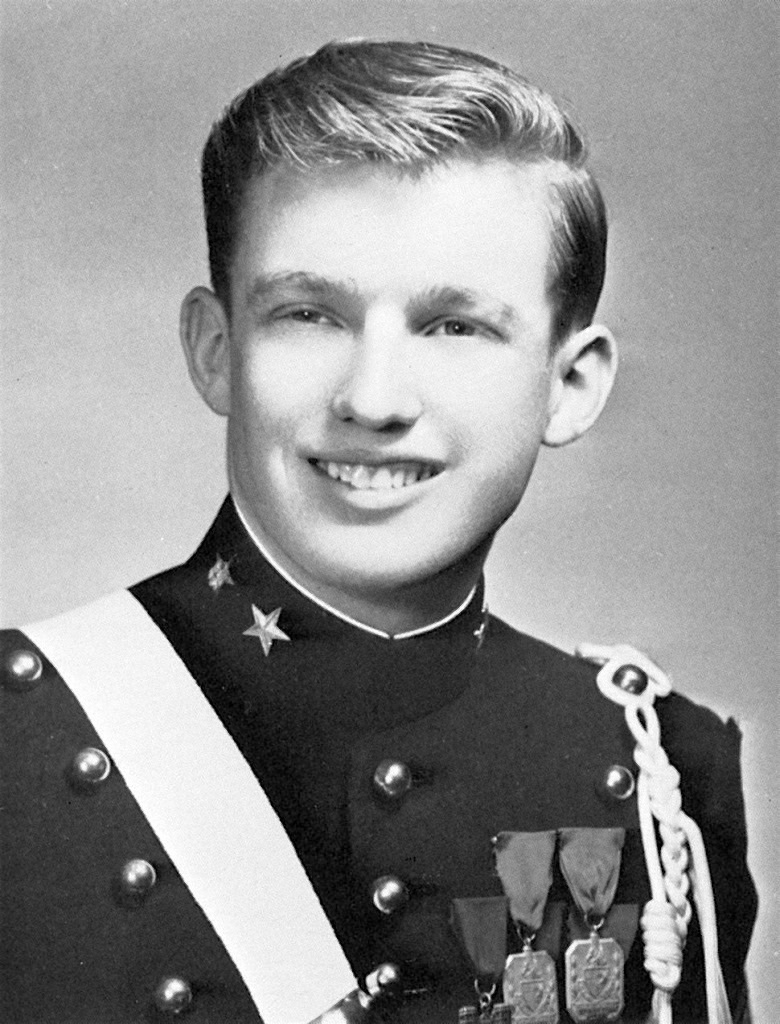
Early Beginnings in the Business World
After graduating, Trump joined the family company, Elizabeth Trump & Son, which he later renamed the Trump Organization. In 1971, Trump moved to Manhattan, where he met many powerful individuals. “It was a gift for me,” he later commented. “You know, being someone’s son could have been competitive for me. This way, I got the whole of Manhattan to myself.” Confident in the economic opportunities offered by the big city, Trump ventured into large development projects that promised significant profits. Trump seized these opportunities by using attractive architectural designs and gaining public recognition.
However, it’s always worth noting that Trump had a relatively favorable and eased path to success. He came from a wealthy family with a prosperous father, so his business success was practically guaranteed. By the 1970s, Frederick Trump’s company was valued at around $200 million. Donald later admitted that he received a loan of several million dollars from his father. In addition to a financial head start, he also had social connections and a good societal status. According to some analyses, had Trump invested his inherited money into mutual funds instead of business ventures, he would be equally wealthy today.
Donald’s father, Fred, was, like his son, a colorful character and a workaholic who worked from dawn to dusk, and he was an extremely ambitious man. Mary Trump was a very theatrical individual who loved being the center of attention. When their son Robert was born, Mary was often ill. Donald grew up with a lack of attention and affection from his parents, which may explain his character as someone who enjoys being at the center of media attention and has an insatiable appetite for publicity.
Media Recognition and Building the Trump Organization
Donald Trump sought publicity as early as the 1960s. His first business venture was producing a Broadway play. It was not a successful production and closed after ten weeks. Like his parents, Donald always possessed a theatrical personality. He realized he could pursue success in New York through his name, image, and persona—these were his assets. Even before he “put two bricks together,” he was featured in The New York Times as a rising tycoon. Trump quickly convinced his father to entrust him with an independent project, managing an abandoned apartment complex, Swifton Village, which he renovated and then sold relatively quickly for a significant profit for the company. This was a turning point, and by 1971, Trump was appointed CEO of the Trump Organization. When the Pennsylvania Central Railroad went bankrupt, Trump had the opportunity to secure rights to purchase railroad land on Manhattan’s west side. When initial plans for housing proved unfeasible due to poor economic conditions, Trump promoted the property as a location for the Jacob Javits Convention Center, which the city eventually chose in 1978 over two competing sites.
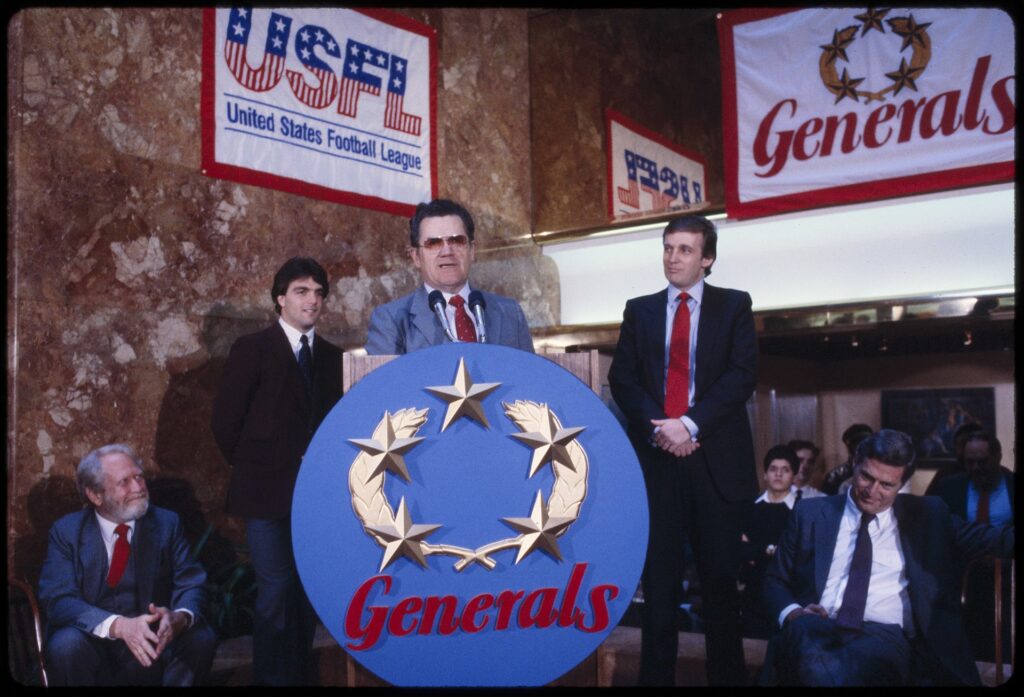
Accusations of Racism
In 1973, Donald and his father found themselves in the spotlight when the federal Department of Justice filed charges against the Trump Organization for systematically discriminating against African Americans seeking to rent apartments. Trump’s defense that they rejected applicants due to low incomes was deemed unconvincing. The case was settled in 1975 without the Trumps admitting wrongdoing, though they made a concession by informing employees about the Fair Housing Act. They also agreed to educate the community about fair housing practices free of racial discrimination. Trump wrote in his book The Art of the Deal: “In the end, the government couldn’t prove its case, and we ended up making a minor settlement without admitting any guilt.”
Successful Real Estate Developer
Meanwhile, Trump had a vision for significant achievements in real estate. In 1974, he secured the opportunity to purchase one of Penn Central’s hotels, the Commodore, which was unprofitable but located near New York’s Grand Central Station. The following year, he signed a partnership agreement with the Hyatt hotel corporation, which lacked a large hotel in the city center. Trump then navigated a complex deal with the city to renovate the hotel. The renovation cost $70 million. Renamed the Grand Hyatt, the 90-meter, 26-story skyscraper became popular and economically successful, making Trump the most famous and controversial real estate developer in the Big Apple.
In his personal life, Trump always had an eye for beautiful women, particularly those of Eastern European descent. In 1977, he married Czech model Ivana Zelníčková. After the birth of their first of three children, Donald J. Trump Jr., Ivana Trump was appointed Vice President of the Trump Organization, responsible for design. She played an important role in renovating the Commodore. Together, they had two more children: Ivanka and Eric.
Trump Tower and Casino Complexes
In 1979, Trump leased a plot of land on Fifth Avenue in New York, near the famous Tiffany & Company jewelry store, as the location for a massive residential and retail complex valued at $200 million. The 58-story skyscraper was named Trump Tower and opened in 1982. The tower featured a six-story atrium adorned with pink marble and a large indoor waterfall. This luxurious complex attracted prominent retailers and celebrity tenants, earning Trump national attention. Meanwhile, Trump began exploring the profitability of the casino business.
In 1980, he managed to secure ownership rights in Atlantic City, New Jersey. Donald enlisted his younger brother Robert to manage the complex project, which involved acquiring land, obtaining gambling licenses, and securing permits and financing. Holiday Inn Corporation, the parent company of Harrah’s casino hotels, offered a partnership, leading to the development of a $250 million complex. It opened in 1984 as Harrah’s at Trump Plaza. Trump decided to expand his operations further and purchased the historic Mar-a-Lago estate for $8 million. He later used the estate for professional training sessions and international business meetings before converting it into a resort, in compliance with regulations. During the 1980s, Trump opened a series of casinos, skyscrapers, and hotels along the Atlantic Coast.
Trump bought out Holiday Inn hotels in 1986 and rebranded the property as the Trump Plaza Hotel and Casino. He also acquired a casino-hotel from Hilton Hotels in Atlantic City after the company failed to obtain a gambling license. Trump renamed the property Trump Castle, an investment valued at $320 million. Later, during its construction phase, Trump acquired ownership of the world’s largest hotel-casino complex at the time, the Taj Mahal in Atlantic City, which opened in 1990. The Trump Taj Mahal featured one of the largest gaming areas in the world, spanning 15,500 square meters, and was also the most expensive casino ever built, costing $1.1 billion.
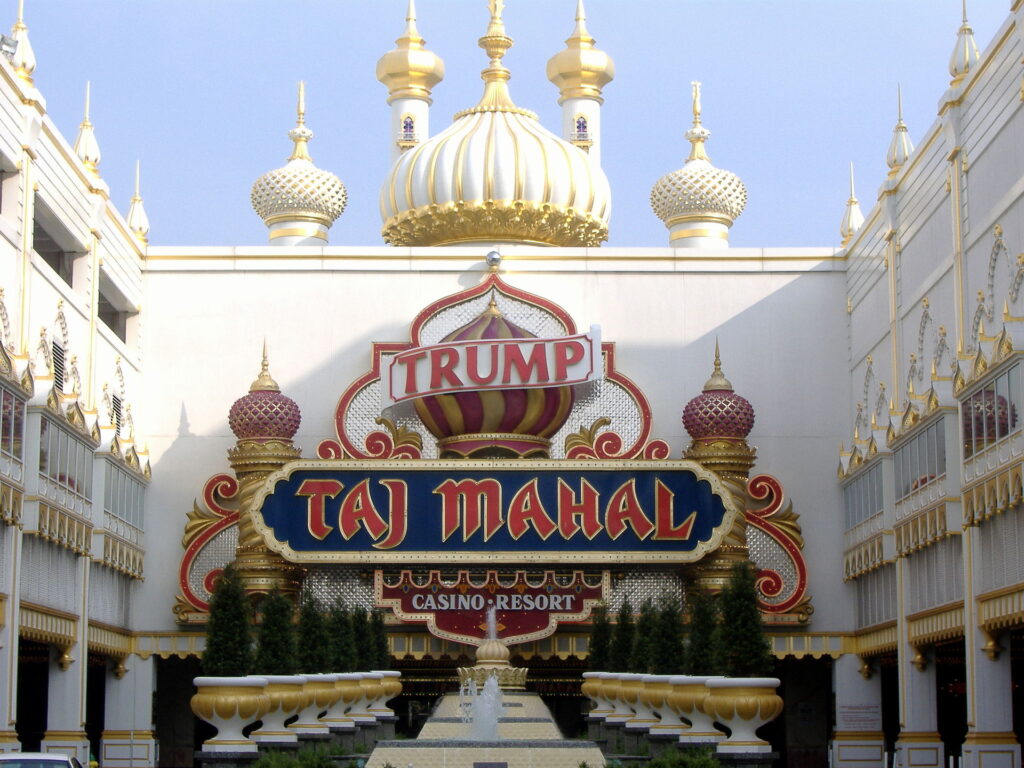
Expanding Trump’s Business Empire
Expanding his empire southward, Trump launched a residential project in West Palm Beach, Florida. In 1989, he diversified by purchasing Eastern Air Lines Shuttle for $365 million, later renaming it Trump Shuttle. However, the company failed to generate a profit and merged with another firm in 1992. In January 1990, Trump traveled to Los Angeles to unveil a plan for a $1 billion commercial and residential project, including a 125-story skyscraper, but an economic downturn soon disrupted those plans.
In New York City, Trump acquired a residential building and the Barbizon-Plaza Hotel, located near Central Park, with plans to build a major residential complex on the property. However, tenants protected by the city’s rent control and housing programs opposed Trump’s plans and won the battle. Trump instead renovated the Barbizon, renaming it Trump Parc. In 1985, Trump purchased 76 acres of land on Manhattan’s west side for $88 million to build a complex called Television City, which would include a dozen skyscrapers, a shopping center, and a park along the Hudson River. Opposition from critics and delays in securing city permits stalled the project, which was designed to attract television networks. In 1988, Trump bought the Plaza Hotel for $407 million and spent $50 million on renovations under the supervision of his wife Ivana.



